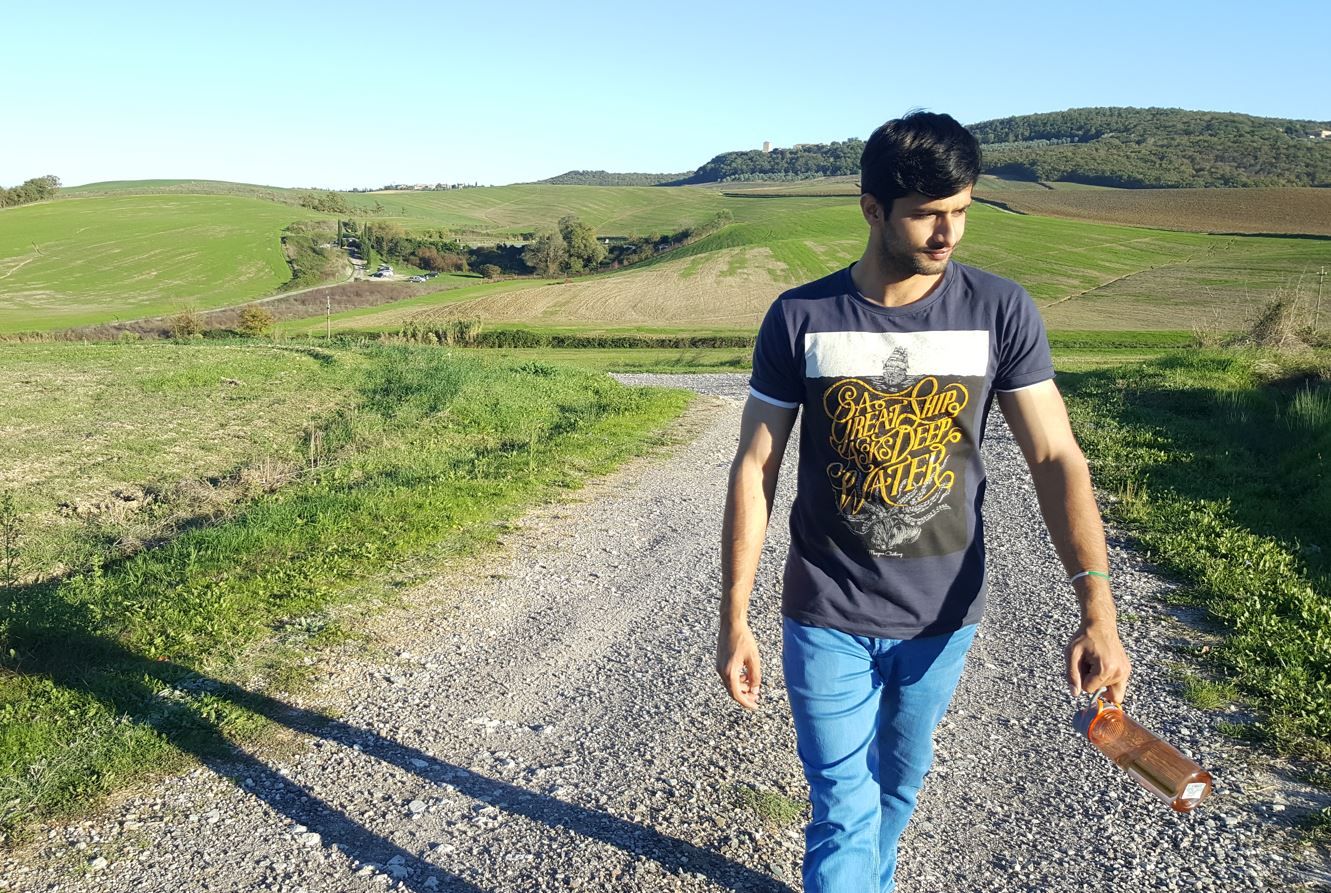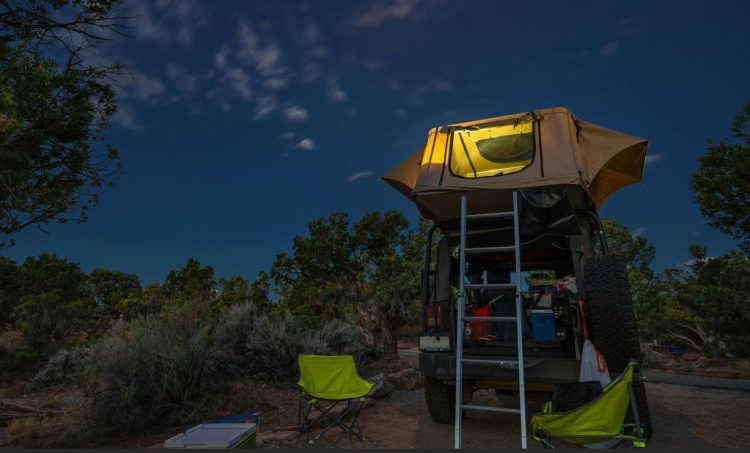The allure of the outdoors is undeniable. Whether it’s the invigorating scent of pine needles, the calming murmur of a mountain stream, or the breathtaking vista from a rugged peak, nature offers an escape from the every day and a chance to reconnect with ourselves and the world around us. But before you dive headfirst into your next outdoor adventure, remember: safety comes first.
Plan Your Journey
- Destination Research: Dive deep into your chosen location. Understand the terrain, weather patterns, wildlife, and potential hazards. Consult resources like the National Park Service, National Forest Service, or local tourism boards for specific information and alerts.
- Plan for the Unexpected: Weather can change quickly so you should know about the backpacking essentials. Pack extra layers, waterproof gear, and emergency supplies like a first-aid kit, fire starter, and shelter. Check weather forecasts regularly and have contingency plans in case of storms or sudden temperature drops.
- Share Your Plans: Inform someone responsible about your itinerary, expected return time, and emergency contact information. This allows for faster response in case of unforeseen circumstances.
Gear Up Wisely
- Appropriate Attire: Dress for the conditions, not the calendar. Opt for moisture-wicking base layers, insulating mid-layers, and water-resistant outer shells. Remember sturdy footwear suitable for the terrain.
- Navigation Essentials: Carry a map and compass, and learn how to use them. Consider a GPS device for added security, but remember it shouldn’t replace traditional navigation skills.
- Essential Tools: Pack a headlamp, multi-tool, whistle, and signal mirror for communication and problem-solving in unexpected situations.
Mind Your Surroundings
- Be Weather Aware: Monitor weather conditions before and during your trip. Heed weather warnings and avoids venturing out in dangerous conditions like lightning storms or flash floods.
- Respect Wildlife: Keep a safe distance from wild animals and follow established protocols for specific encounters. Never feed wildlife, as it can alter their behaviour and increase aggression.
- Leave No Trace: Minimize your impact on the environment. Practice responsible camping, pack out all waste, and avoid disturbing plants and wildlife habitats. Remember, you’re a guest in nature, so treat it with respect.
Safety First
- First Aid Skills: Be prepared to handle minor injuries. Learn basic first-aid techniques and carry a well-stocked first-aid kit. Consider taking wilderness first aid courses for deeper knowledge.
- Emergency Preparedness: Know what to do in case of emergencies like getting lost, encountering dangerous wildlife, or facing severe weather. Familiarize yourself with local emergency procedures and carry a personal locator beacon (PLB) for remote areas.
- Stay Calm: Panic clouds judgment. If facing a challenge, stay calm, assess the situation rationally, and use your available resources and knowledge to navigate it safely.
Remember
- Listen to Your Limits: Don’t push yourself beyond your physical or mental capabilities. Know your limits and adjust your activities accordingly.
- Turn Back When Needed: There’s no shame in turning back if conditions become unsafe or you feel unprepared. Your safety is always the top priority.
- Seek Help When Necessary: Don’t hesitate to seek help from park rangers, experienced hikers, or other outdoor professionals if needed. Asking for help is not a sign of weakness, but a sign of responsible outdoor practice

Hi, I’m Masab Jamal, the founder and head editor of this blog. I love to spend most of my time in the wilderness. Apart from camping and outdoor life, I’m a full time blogger.

